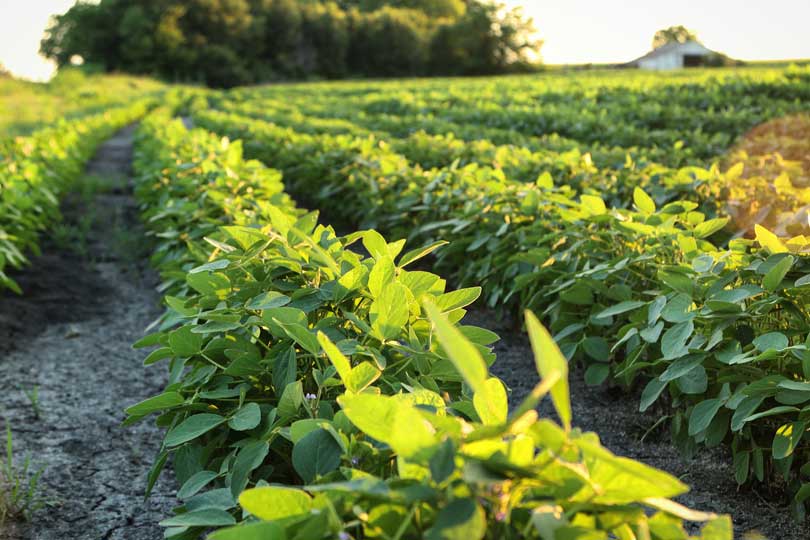By Jessica Domel
Multimedia Reporter
Cotton and soybean farmers who use dicamba-resistant seeds will maintain their right to use dicamba-containing herbicides for the next two years, thanks to recent action by the Environmental Protection Agency (EPA).
The federal registration for dicamba, a widely-used herbicide, was set to expire this fall. Instead, it will be renewed for two more years for over-the-top use with several new restrictions in place to protect non-dicamba resistant crops and plants.
“EPA understands that dicamba is a valuable pest control tool for America’s farmers,” Andrew Wheeler, EPA acting administrator, said. “By extending the registration for another two years with important new label updates that place additional restrictions on the product, we are providing certainty to all stakeholders for the upcoming growing season.”
The following label changes will affect the 2019-2020 growing season:
- Two-year registration (until Dec. 20, 2020)
- Only certified applicators may apply dicamba over the top (those working under the supervision of a certified applicator may no longer make applications)
- Prohibit over-the-top application of dicamba on soybeans 45 days after planting and cotton 60 days after planting
- For cotton, limit the number of over-the-top applications from 4 to 2 (soybeans remain at 2 OTT applications)
- Applications will be allowed only from one hour after sunrise to two hours before sunset
- In counties where endangered species may exist, the downwind buffer will remain at 110 feet, and there will be a new 57-foot buffer around the other sides of the field (the 110-foot downwind buffer applies to all applications, not just in counties where endangered species may exist)
- Clarify training period for 2019 and beyond, ensuring consistency across all three products
- Enhanced tank clean out instructions for the entire system
- Enhanced label to improve applicator awareness on the impact of low pH’s on the potential volatility of dicamba
- Label clean up and consistency to improve compliance and enforceability
Dicamba was first registered for use in the U.S. in 1967.
It can be used on corn, wheat, cotton, soybeans and other crops to control broadleaf weeds.
EPA first extended the dicamba registration for over-the-top use in 2016 for the 2017 crop. That year, farmers in several states complained drift from over-the-top use was damaging their non-dicamba-tolerant crops.
In deciding to extend the registration, EPA said it worked with state regulators, farmers, academic researchers, pesticide manufacturers and other stakeholders to ensure dicamba products can be used effectively while addressing concerns.
“It is important that the EPA has decided to renew the registration of over-the-top use of this important weed control technology on dicamba-resistant cotton and soybeans, because it presents farmers with options,” Sonny Perdue, U.S. Secretary of Agriculture, said. “This represents the conclusion of a very thorough scientific review, in conjunction with stakeholders, involving site visits and careful consideration of facts. Producers who use this weed control method should review the label, understand why changes have been made, and ensure that all requirements of the label are met when the 2019 use season begins.”
In addition to its use on crops, fallow lands, pastures, turf grasses and rangeland, dicamba-containing herbicides are also registered for use in residential areas and sites like golf courses.

